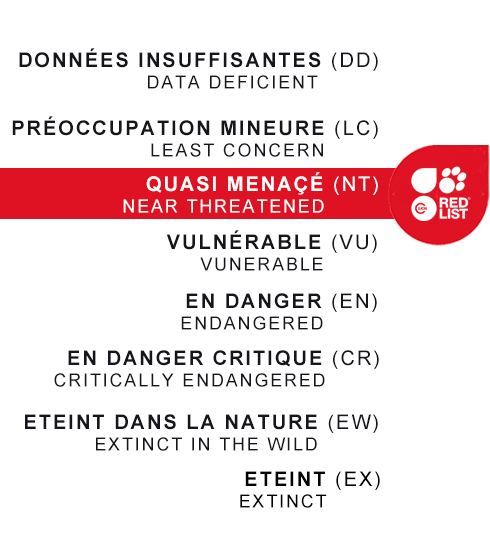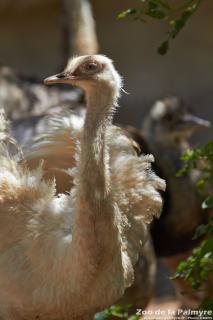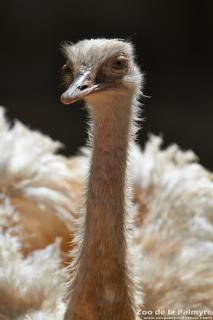Common Rhea

Common Rhea

-
Class
Aves -
Order
Struthioniformes -
Familly
Rheidae
-
 up to 1.4m
up to 1.4m -
 25kg
25kg -
 35–40 days
35–40 days -
 20–30
20–30 -
 30 years
30 years
-
Diet
omnivorous (leaves, grains, insects, small vertebrates) -
Habitat
grassland pampas -
Range
South America -
Population in the wild
En diminution -
IUCN REDLIST status


Common Rheas are the largest birds on the American continent. Like Ostriches and Emus, they are unable to fly because, unlike other birds, their sternum lacks a wishbone attached to the pectoral muscles. When danger strikes, Common Rheas run away, using their wings to keep their balance as they change direction.
Nests are built by the males. They dig a hole about a metre in diameter in the ground, hidden amidst vegetation. Males are polygamous, courting several females who each take their turn to lay eggs in his nest. The males sit on the eggs and raise the young alone. Young Common Rheas are easy prey for carnivores and birds of prey, but at the age of 6 months they reach the same size as their parents and no longer have any predators save humans.
Common Rheas have seen a significant decline in numbers due to being hunted for their skin and feathers (used to make leather and dusters), as well as for their meat and eggs for human consumption. In the last few years, their situation has worsened as their habitat has been lost to farmland or pastures. The species is now in decline.






